Searching for and ultimately purchasing your first home-on-wheels is an incredible milestone that you’ll never forget. Everything about the process is fun and exciting – from binge-watching YouTube videos for RV and travel inspiration to attending RV shows to walking through the RV of your dreams to finally taking the leap, signing the papers, and officially becoming crowned as an RV owner!
The feeling is exhilarating. You’ll be giddy moving in. On your first night of travel, however, we can almost guarantee, you’ll learn and discover something new. It may be good or it may be bad, but if you’re a newbie, we can promise you, you’re in for a ride! So buckle up, because when you do finally take the plunge, it’ll open your eyes to a new way of living!
Having traveled full-time in a motorhome for nearly 4 years, we’ve created memories that will last forever and adapted to a new way of living. While I’m grateful for our ability to live a nomadic lifestyle, it does come with some nuances that every RVer should know or will eventually experience. Whether you plan on traveling part-time or decide to travel full-time in an RV, here are 10 tips that we thought you may find valuable before starting your new and exciting journey on the road.
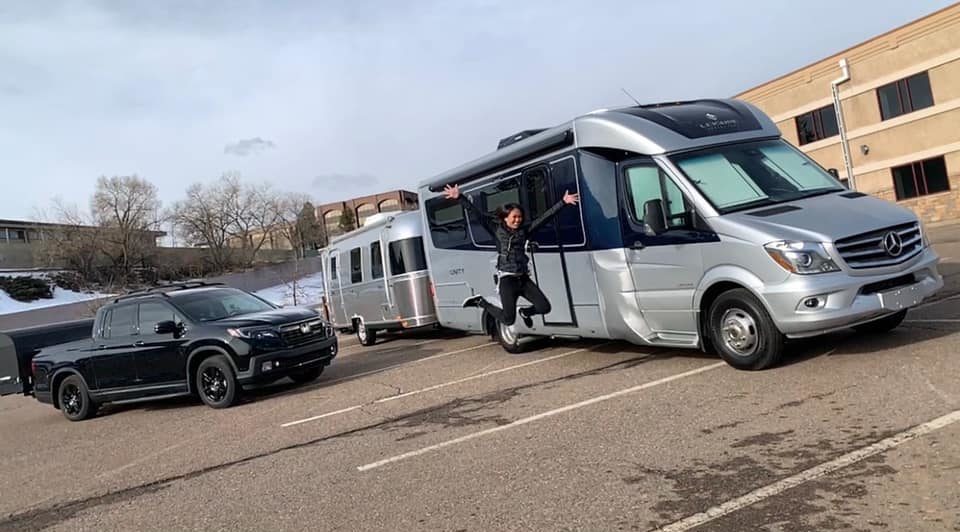
Tip #1: You Don’t Need What You Think You Need
It’s easy to overpack – this is especially true for full-timers! You’ll think you need full sets of plate ware, silverware, travel cups, multiple pots and pans, your favorite kitchen appliances, and a wardrobe that will satisfy the changing seasons. We found out very quickly that you don’t. 2 plates, 2 sets of silverware, 2 cups, 1 pot, 1 pan, a coffee maker, a toaster, and only your go-to clothing items with a jacket will do. Cutting back on what you think you’ll need will leave room for what you actually need.
Tip #2: The Things That You Need, However, Add Up
Every bit of space matters. With RVs having much less space than an apartment or home, it’s important that you leave enough space for not only your personal essentials but your RV essentials, too. When we bought our first RV, we made the mistake of bringing just enough stuff to fill every cabinet, drawer, and compartment with everything we thought we personally needed. It was fine for a little while, until we actually started to travel across the country and found ourselves purchasing things we did not know we would need, such as a humidifier, dehumidifier, air purifier, cell phone signal booster, miscellaneous gear, etc. These items – even the “mini” or compact versions – take up quite a bit of valuable space. When you only have 150-300 square feet of living space to work with, it can start to get claustrophobic really quickly if you don’t have a specific place for all your gear.
Because we didn’t initially plan so well, we didn’t have enough room to store these items while driving or when seasonal items were no longer needed. All our gear had to be tied down, thrown on our couch or on the floor, all out in the open during our drives. Everything stayed intact, but moving day alway led to a cleaning day. Luckily, RVs are small and can be put back in order fairly quickly. But, you know you have too many non-essentials when you can’t see your floor on moving day!

Tip #3: Where Are You, WiFi?
In our experience, having stayed at over 50+ different RV parks across the country, ones that offer decent WiFi are slim. We both work on the road, as we own our own businesses. We don’t need anything crazy fast, but rarely will you clock 5MBPS or higher using an RV park’s WiFi. To put that into perspective, Netflix recommends a minimum of 20MBPS for uninterrupted and/or reliable streaming. If you have plans to work on the road or need to stream your favorite shows, plan on traveling with a mobile hotspot from one of the major cell phone carriers. We travel with two hotspots, one from Verizon and the other from AT&T. This way, we have 3 options to gain access to the internet – just in case!
Tip #4: The Wind is No Joke
Do not underestimate the wind. Driving an RV, whether it has an engine or not (such as a trailer) isn’t as easy as driving a car or even large SUV, often due to its boxier shape and height. Despite how much RV manufacturers try to make their RVs aerodynamic, they are not totally there yet. Driving through any state that has miles and miles of open fields (Kansas, Oklahoma, Texas, and New Mexico, to name a few!), gusts of high winds can come out of nowhere, especially when semi-trucks pass you. No matter how experienced of a driver you are, do mind the speed limit and wind conditions. You’ll know when it happens – trust us!

Tip #5: Tornadoes Are Terrifying – Track the Weather and Know Where to Shelter
If you’re anything like us, you probably like to chase warm, dry weather. Be aware though, that the journey to get there won’t always be rainbows and sunshine, and sometimes your travel plans don’t always go as planned. Thus, it’s very important that you track the weather and know where to shelter, should life or Mother Nature catch you by surprise.
For example, earlier this year, we wintered in the Southeast and had every intention of moving our way north as we approached the summer months. However, when the pandemic hit, we wanted to avoid the initial hotspots and decided to change direction and move back west. The decision to do so, though, took us straight through the South and the Midwest during the spring tornado season. Right before we started our trek back west, we were presented with a pretty monstrous tornado scare at our RV park. If we hadn’t known where to shelter, it could have been an even scarier experience than it already was! Additionally, if we hadn’t mapped out our trip and timed our travels with the weather in mind, we could have found ourselves dodging more tornadoes than we would have liked. Fortunately, we did not experience any other tornadoes or scary weather during our 50day journey from South Carolina to Arizona, primarily due to the help of our AccuWeather* app and a strategic driving itinerary.
With regards to knowing where to shelter, always communicate with the RV park staff to find out where they recommend you shelter. If you’re unable to speak with someone before a storm, look around the campground for the nearest shelter: office, bathroom, laundry – wherever you can take cover, if a basement or storm shelter does not exist. Do not stay in your RV, as it’s one of the most dangerous places to be, especially if you’re surrounded by trees. We learned this the hard way as we did experience a tornado once without knowing where to go in the middle of the night. We were safe, but it was no doubt one of the most terrifying experiences we’ve had, and one that you can more often than not avoid!
*Note: AccuWeather is an app we highly recommend to download on your phone. We’ve found this to be the most accurate of all the real-time weather apps we’ve tried. Download on Google Play or the Apple App Store.
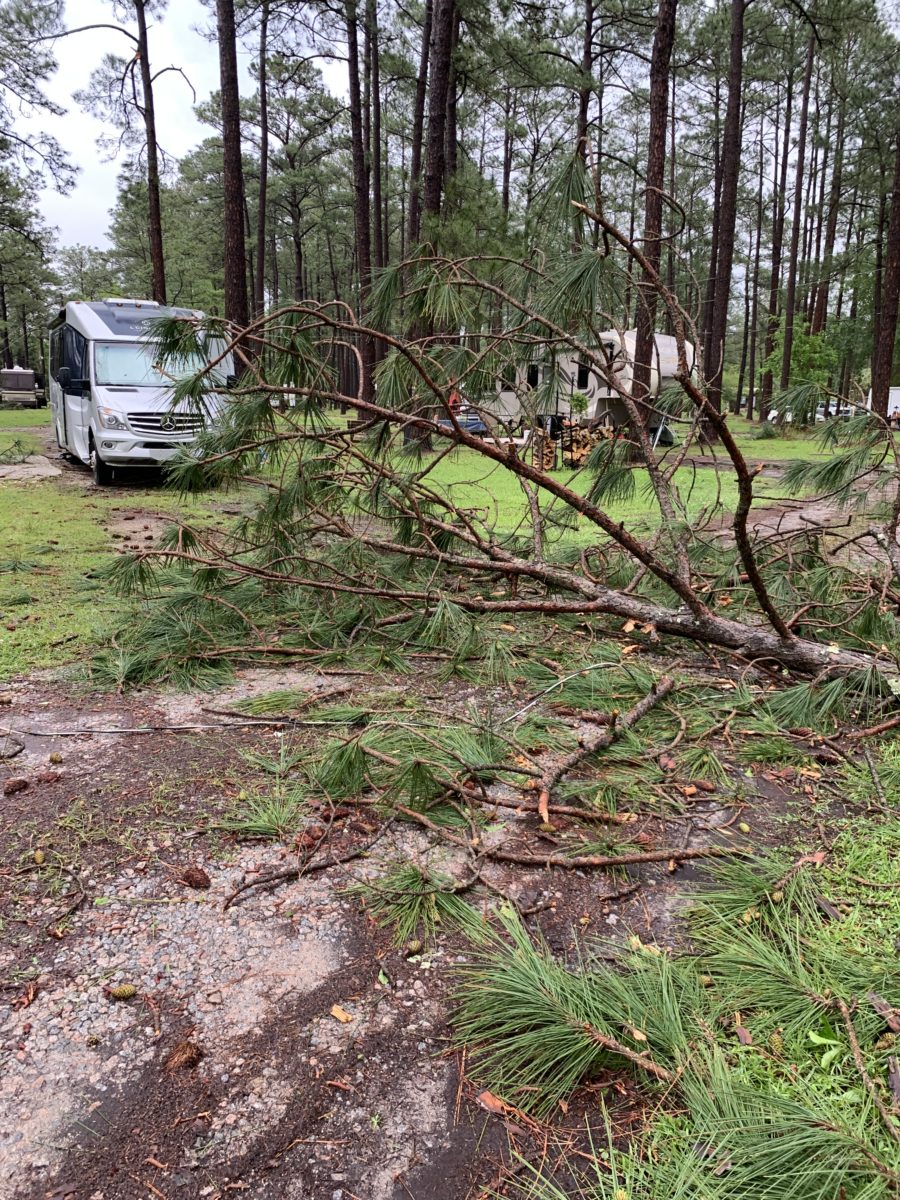
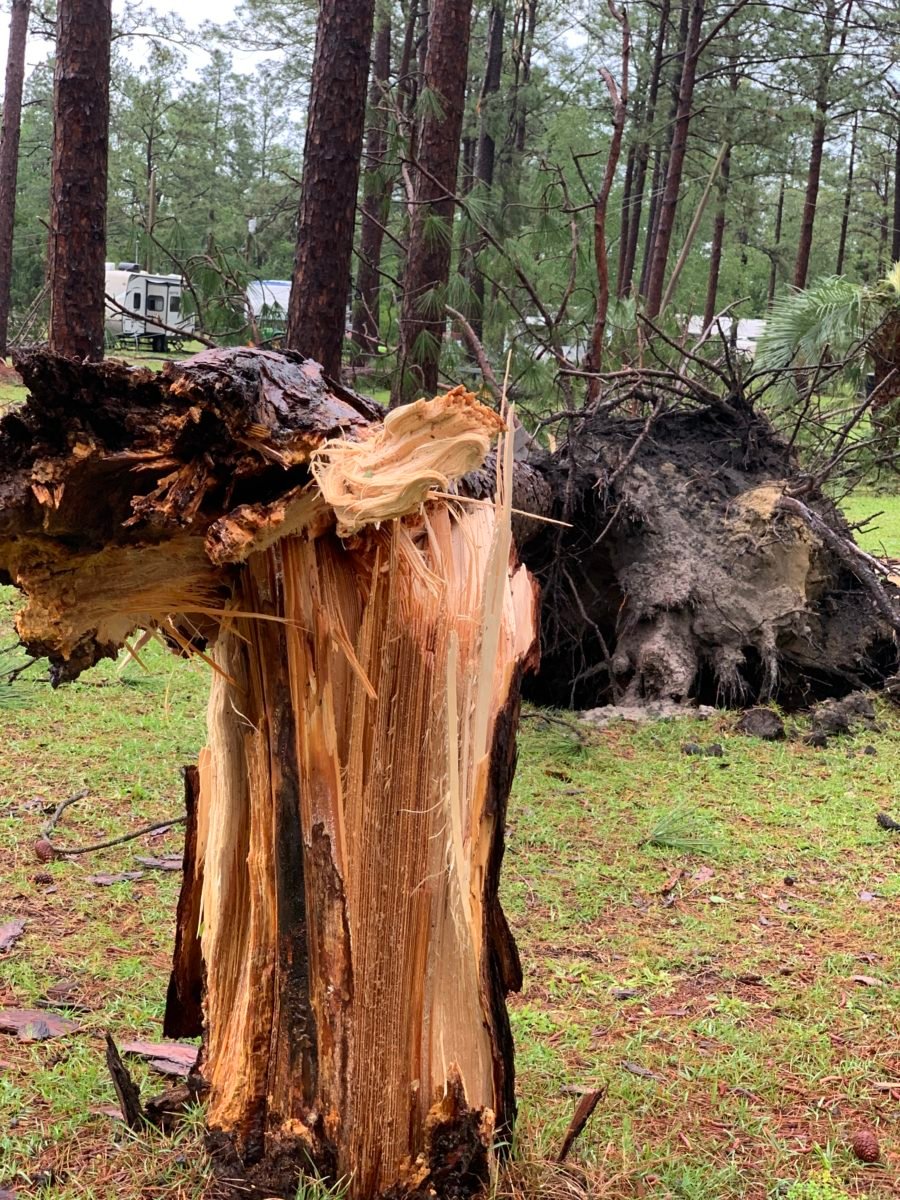
Tip #6: Ice Cream Can Get a Little Mushy
Don’t overestimate the cooling power of your fridge or freezer. We found this out when we enjoyed a cup of ice cream…
RV units, unless they have the residential-sized units, do not cool/freeze as well as what you are used to. We have frequently found that meats, dairy, and produce items do not last as long before going bad. We also were never able to keep ice cream frozen. We are hooked up to shore power 99% of the time and we know that nothing is wrong with our fridge/freezer. To be fair, we have to admit that we don’t like shopping for groceries, so we tend to fill our unit all the way. But, we’ve learned to strategically place perishable items towards the back, to keep them colder. Whether you plan to stuff your fridge or not, it’s just good to know to be mindful of what you’re trying to cool and keep fresh.
Tip #7: It’s Not the Park, It’s Your Water Filter
There will be times when you will experience low water pressure from your faucets, leading you to believe that the RV park’s water pressure is low or that you just have a weak water pump. This happened to us more than once during our first year of travel, and we wondered why. Over time, we found out that sometimes the culprit is the replaceable water filters installed in the RV. If you are physically hooked up to a faucet outside, oftentimes you have an outdoor water filter hooked up to filter incoming water, which is then complemented by an additional water filter inside the RV, usually located under one of the sinks. Despite the advertised life cycle of these water filters, sometimes they will accumulate sediment much, much sooner, causing water pressure to drop. If you experience lower water pressure while you are parked at an RV park, simply ask your neighbors if they are experiencing the same. If they are not, then chances are good that it is one or both of your water filters causing the water pressure to drop. If you are NOT hooked up to a faucet, then check your water filters first and then your water pump last, since those do fail occasionally depending on how much you use it.
Tip #8: You Don’t Have to Spend as Much on Insurance as You May Think
If you will be storing your RV for an extended period of time, like a month or more, you can request to downgrade your RV insurance and save significant costs. We are usually talking a few hundred dollars savings, assuming you pay bi-annual or annual premiums. We could have saved hundreds the first couple of times we stored had we known to ask!
Tip #9: Bring Back the Cash
Prior to RVing, we rarely carried cash. However, now it’s become a necessity. We’ve found over time that there are some parks across the country that only accept cash for stays. Thus, it’s important to carry enough cash with you to cover 1-2 nights at an RV park. The last thing you want is to be driving really late at night and decide to rest at one of these RV parks, and not be able to pay. Additionally, most RV parks also offer laundry facilities that will likely need quarters. If you don’t have a W/D in your rig, cash definitely becomes handy! Lastly, you never know if you’ll run into toll-booths that will only accept cash. Some tolls will allow you to just drive through, taking a picture of your license plate and sending you an invoice via snail mail. The problem is, they will charge you a fee of $1.95+ PER INVOICE to do this, sometimes costing more than the actual toll fees!

TIP #10: Things Will Break, Get Used to It
When things break, you’ll soon realize that it’s just a part of RV living. Remember, your house is now on wheels! No matter how beautiful, how custom-made, or even how expensive your RV may be, it’s going to be subjected to lots of jostling and bumps on the road! Screws will come loose, mechanisms will break, Mother Nature or a rock may catch you by surprise. Things out of your control and accidents, like being a little too forceful with opening a cabinet, will happen. We joke sometimes that homes were never really supposed to be on the road… but if these were never invented, we all wouldn’t be able to experience the joys that we do today! Although RVs are more fragile than regular homes, the good news is, most breaks are minor and can easily be fixed!
BONUS – Tip #11: If You’re a Frequent Flyer, The Open Road Will Surprise You
There’s something truly special about traveling cross country and soaking in the beauty of the open road. Prior to RV life, we mostly traveled by plane, both domestically and internationally. We didn’t think twice about it. However, once we hit the road, we were blessed with a whole new world of wonder and marvel! We really enjoy our drives, the ever-changing scenery, and finding ourselves wandering to places we never would have planned had we simply flown directly into a major city. If we had known how incredible the experience would be, we would have hit the road sooner! If you have the itch to travel on four wheels, go for it! You’ll be amazed.


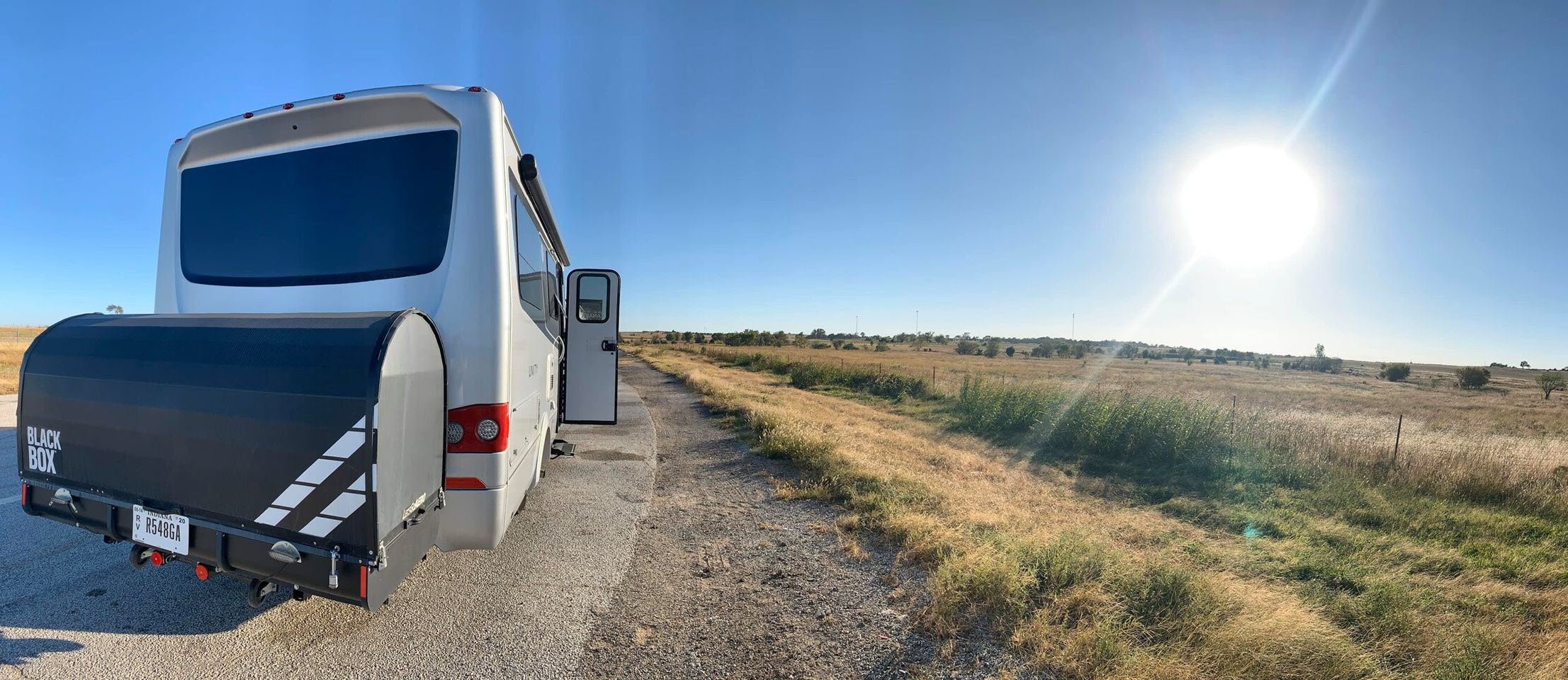
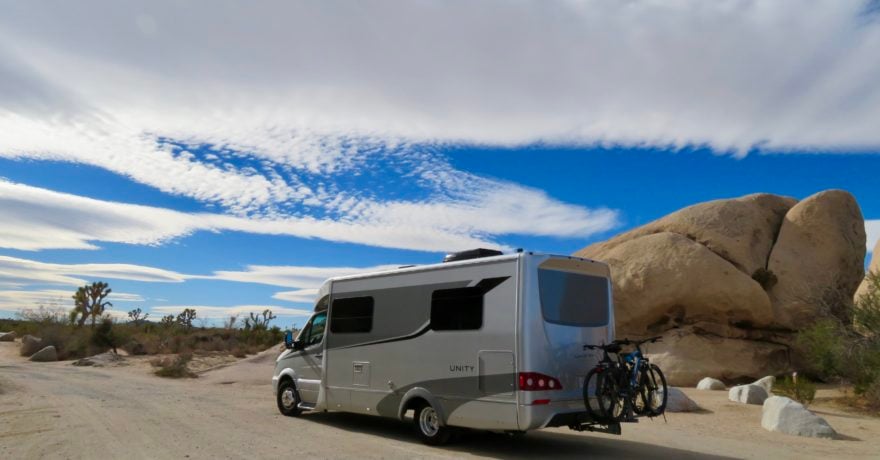
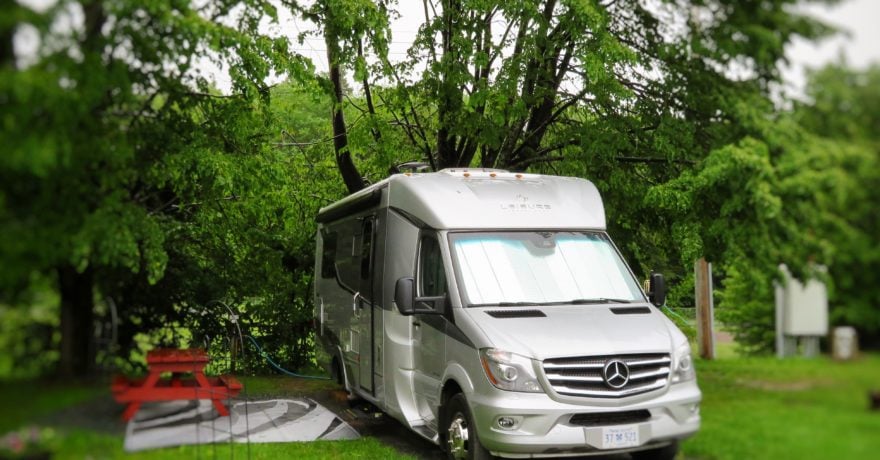
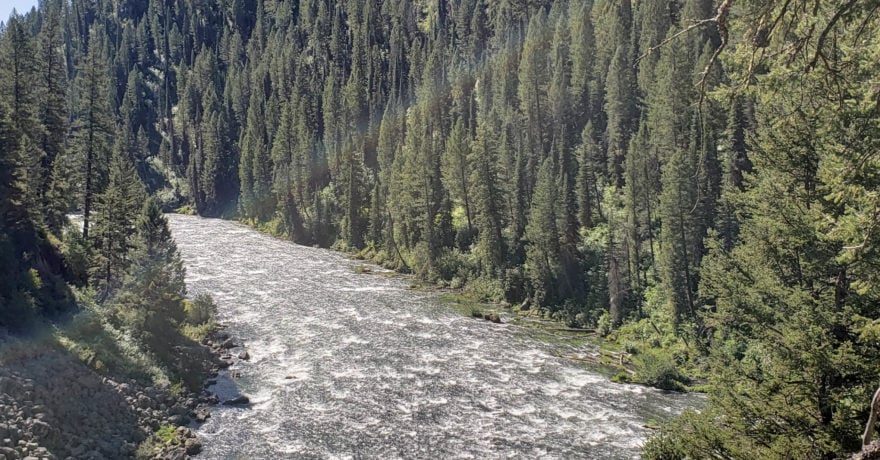
Comments